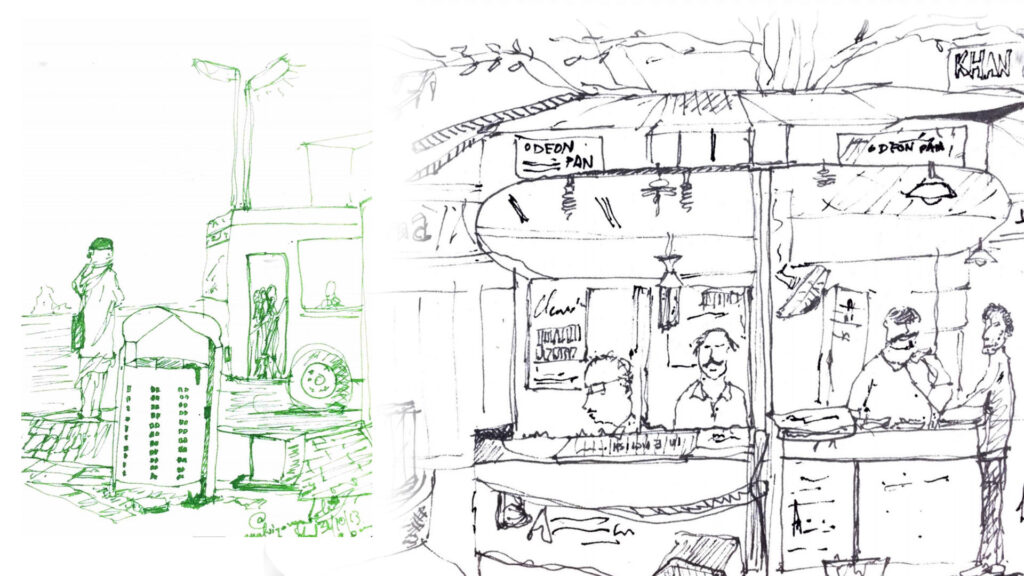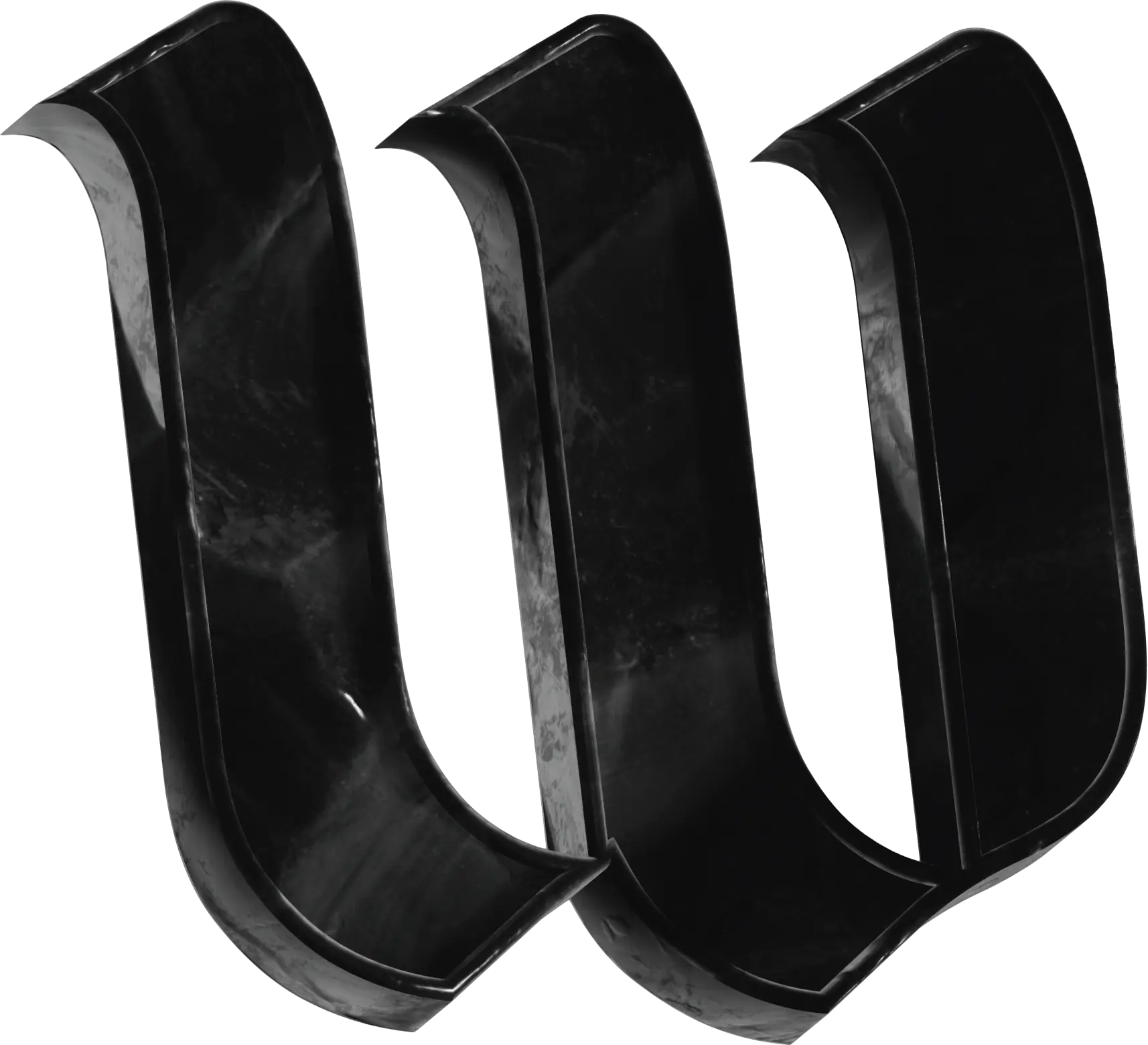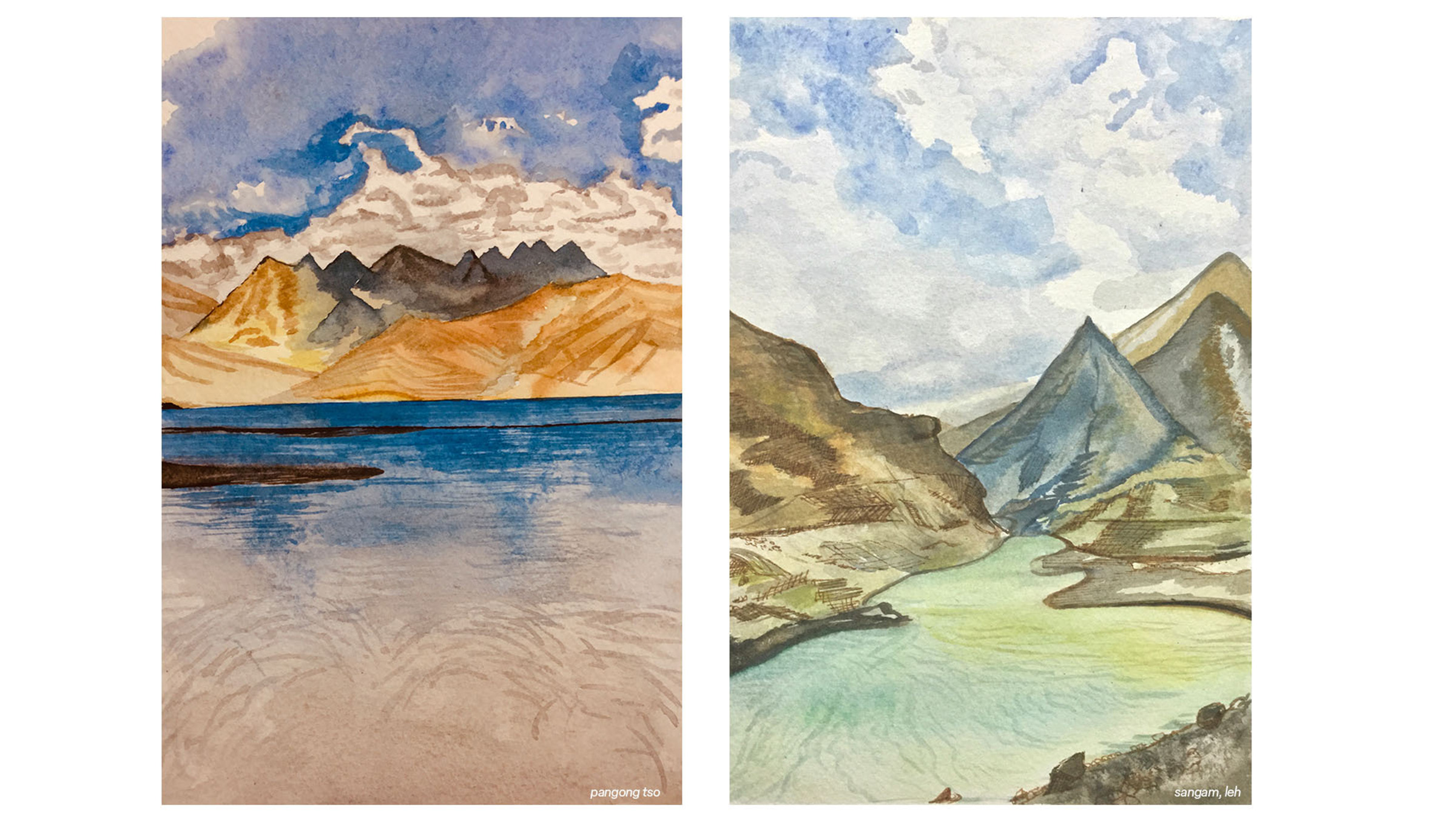Urban sketching is a practice that goes beyond mere drawing; it’s an immersive experience that connects an artist to their environment in profound ways. For me, it was the gateway that led me into the vibrant world of graphic design. This blog will explore how urban sketching not only honed my artistic skills but also ignited my passion for graphic design, shaping my creative journey.
My initiation into urban sketching began as a casual hobby. Armed with a simple sketchbook and a set of pens, I started to document the bustling streets, serene parks, and intricate architecture of my city. The act of sitting in one spot, observing the details of my surroundings, and translating them onto paper was both meditative and exhilarating. Urban sketching taught me to see the world differently—to appreciate the subtleties of light, shadow, and form.

Skills Developed Through Urban Sketching
Urban sketching is an excellent training ground for aspiring graphic designers. Here’s how it helped me develop essential skills:
1. Enhanced Observation
Urban sketching requires keen observation skills. Capturing the essence of a busy street scene or the delicate features of a building involves noticing details that might otherwise go unnoticed. This attention to detail is crucial in graphic design, where every element, from typography to layout, needs careful consideration.
2. Composition and Framing
In urban sketching, composing a scene within the confines of a sketchbook page is a critical skill. I learned to frame my subjects, balance elements, and create focal points. These principles of composition directly translate to graphic design, where arranging visual elements effectively is key to creating compelling designs.
3. Understanding of Perspective
Drawing urban environments necessitates a strong grasp of perspective. Whether it’s the vanishing points of a street or the angles of a building, perspective is a fundamental concept in both urban sketching and graphic design. Mastering perspective in my sketches made it easier to apply these principles in digital designs, particularly in creating realistic 3D effects and spatial layouts.
4. Line and Form
Urban sketching honed my ability to convey forms with lines. The practice of using varied line weights and strokes to depict textures and structures enriched my understanding of how lines can define and enhance visual elements in graphic design.
5. Color Theory
Working with watercolors and other media in urban sketching provided hands-on experience with color theory. Understanding how colors interact, how to create harmonious palettes, and how to evoke emotions through color choices are skills that have proven invaluable in graphic design.
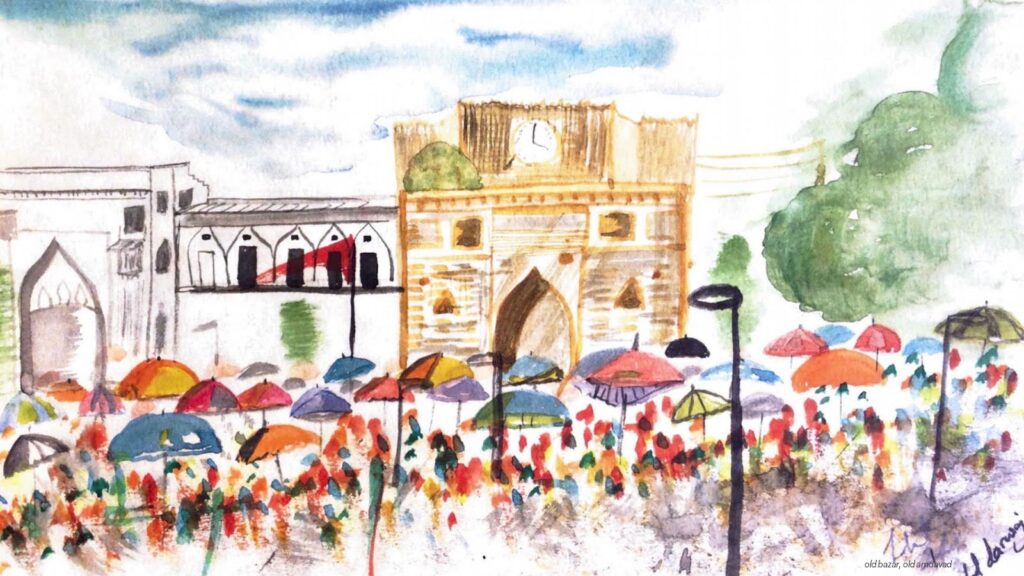
Transitioning to Graphic Design
As my sketching skills improved, I began to see the potential for applying these skills in a digital context. Here are some ways urban sketching facilitated my transition into graphic design:
1. Digital Illustration
My familiarity with hand-drawn illustrations made it easier to adapt to digital illustration tools. Using software like Adobe Illustrator and Procreate, I could translate my sketching techniques into digital art, creating vector illustrations with the same spontaneity and expressiveness as my sketches.
2. Layout and Design Principles
The principles of composition I learned through urban sketching helped me understand layout design. Whether designing a website, a poster, or a brochure, the ability to organize elements cohesively and aesthetically is crucial. My experience with framing scenes in my sketches provided a strong foundation for mastering grid systems and layout design.
3. Typography
Typography is a vital aspect of graphic design. While urban sketching doesn’t directly involve text, the attention to detail and form it cultivates translates well to typographic design. Understanding how to balance and integrate text with imagery is a skill I developed further as I delved into graphic design.
4. Creativity and Innovation
Urban sketching nurtured my creative thinking and problem-solving skills. Every sketch presented unique challenges, from capturing moving subjects to dealing with changing light conditions. This ability to think on my feet and find creative solutions has been immensely beneficial in graphic design projects, where innovation is often required to meet client needs and expectations.
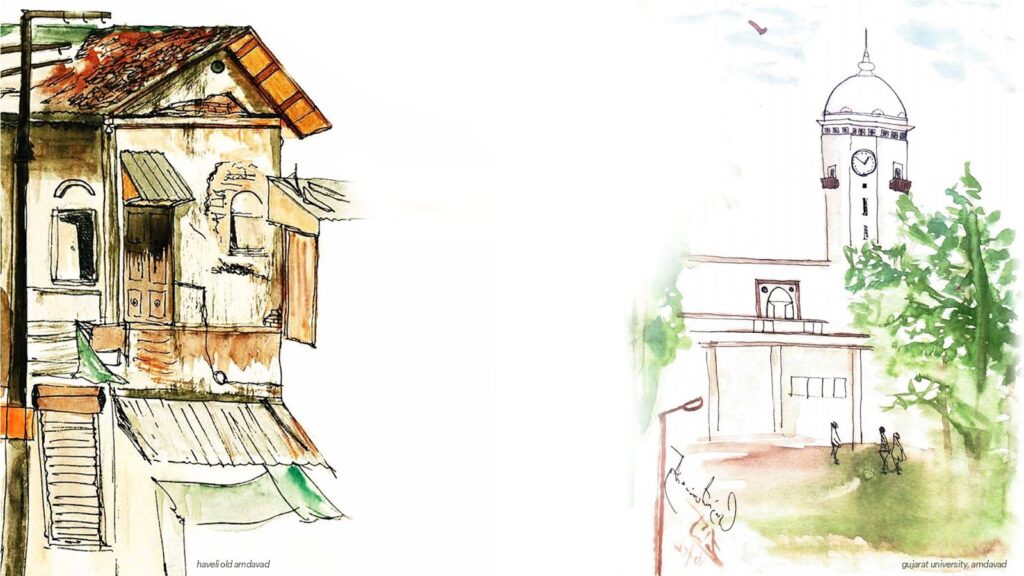
Urban sketching was the catalyst that propelled me into the world of graphic design. The skills, perspectives, and experiences I gained from sketching the urban environment laid a strong foundation for my journey as a graphic designer. The transition from sketchbook to digital canvas was a natural progression, driven by a passion for visual storytelling and a desire to create impactful designs.
For anyone looking to embark on a similar path, I highly recommend starting with urban sketching. It’s a fulfilling and enriching practice that not only hones your artistic skills but also opens up a world of creative possibilities. So grab a sketchbook, explore your city, and let your journey into graphic design begin.
